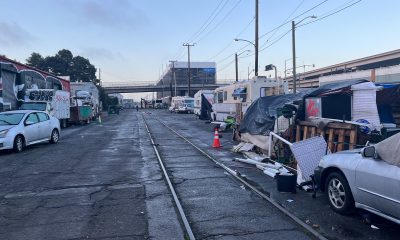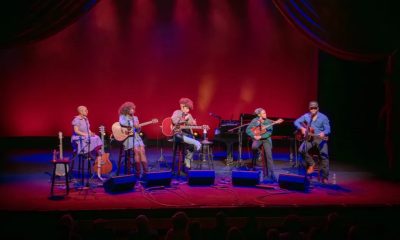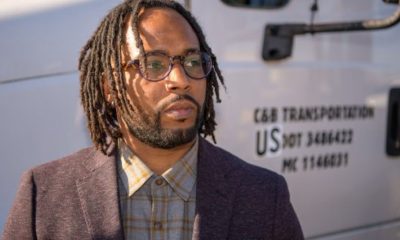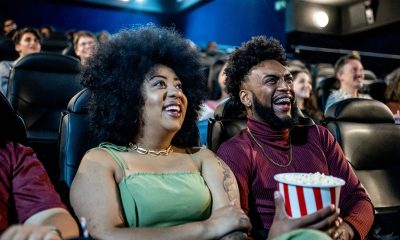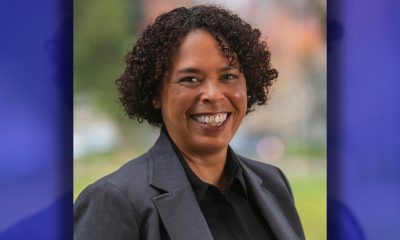Commentary
Opinion: Challenging a ‘Return to Normal’ After COVID-19 Pandemic Subsides
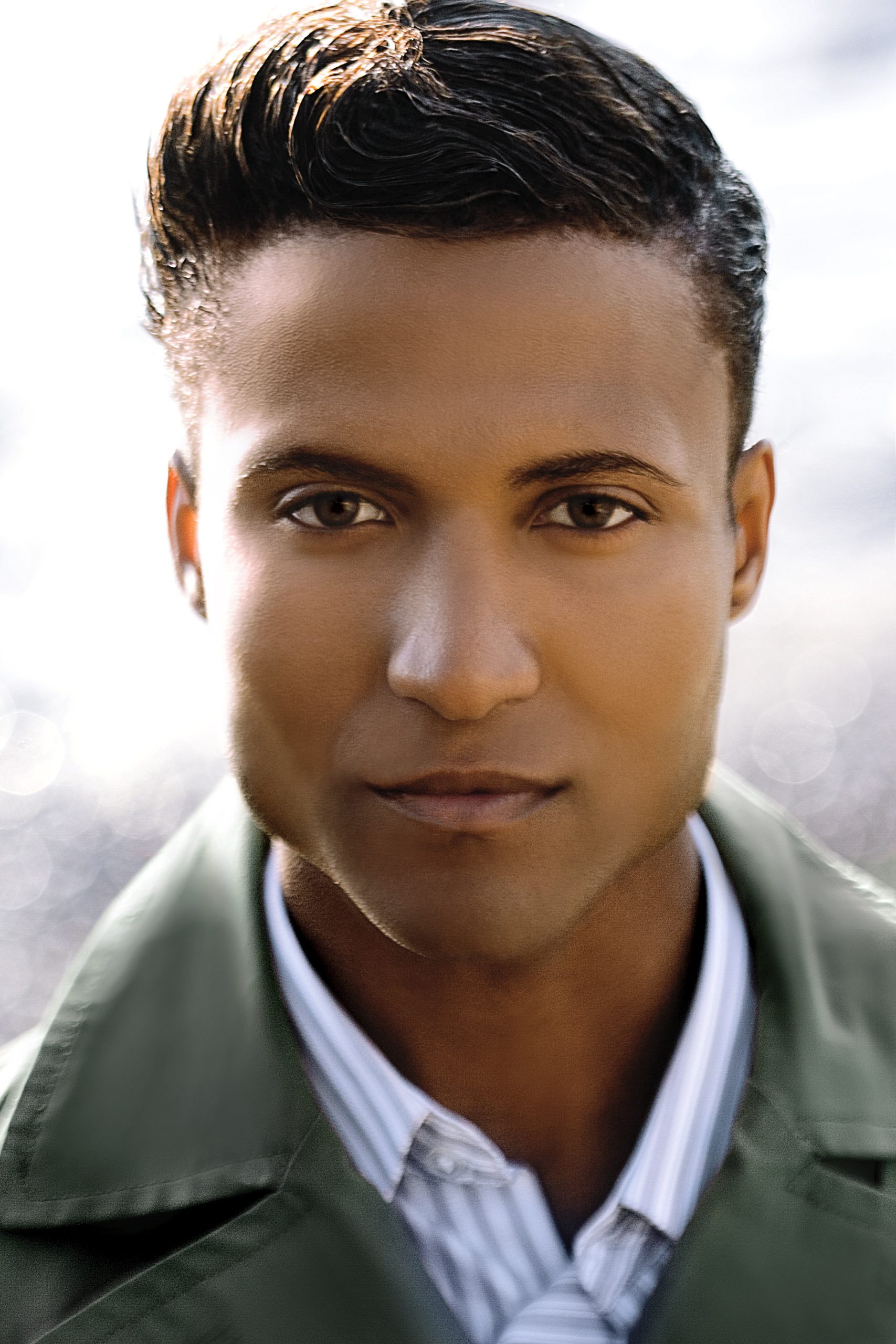
Lately, I have been stunned by the social dialogue around higher rates of COVID-19 diagnoses and deaths among Black people as a “Black people’s problem.”
Old racist myths about Black inferiority and poor choices by Black people have been woven into the discussion.
Do some people actually believe that Black people are more genetically prone to catching COVID-19? Or that the cultural structures of Black communities discourage Black people from practicing physical distancing?
Well, yes, apparently some do. I have heard the most outrageous questions and comments, and I view these questions and comments as stemming from white supremacist indoctrination. This indoctrination presents a patronizing savior response to educate, guide and “help out” Black people.
These questions and comments are also a dangerous blaming technique: A way to excuse wide-scale systematic oppression. A way to insinuate that if only Black people made the easy choice to move out of food deserts and eat the right foods, took time off from work and stayed home, or became “good” citizens and followed the rules then health inequity wouldn’t exist.
These perspectives are indoctrinations that have become unquestioned habit and normalized. They are, in effect, the unconscious white supremacist paving stones for the road back to normal.
Why would I ever want society to return to “normal?”
Normal is a prevailing U.S. culture where health inequity is a Black problem. Where the need for accessible health care is still up for debate. Where health justice and equitable policies languish without action.
I disagree with “returning to normal.”
As long as health inequity and high mortality rates remain a Black people’s problem, then real-world policies and active procedures will be slow in coming.
Returning to normal means returning to a network of systems that are killing people of color. I have every right to be outraged. I have every right to demand something better. Something that goes far beyond “accessibility.” Something that equates with inclusions, usability, and effectiveness. I have every right to be part of creating something that resembles health justice. Every person of color does.
The systems of this country are flailing.
The economic system, justice system, education system, health system and on and on. They are disintegrating. Now is the best time to birth new systems. This is the moment to serve the final blow to systems that are killing people of color.
This is the ideal time to experiment with the policies and procedures of health justice that before now could not find room to grow. No, not homogenized approaches to the multifaceted needs and desires of Black people.
Instead, make room for the Black-prioritized actualizers who have been planning for this moment. Let’s invest our time, our energy, our resources, and our support to the development of many paths that prioritize progressive change over returning to normal.
Preston Vargas, PhD, leads the Black Brothers Esteem program at the San Francisco AIDS Foundation. Join us at sfaf.org/BBE.
Activism
Oakland Post: Week of April 24 – 30, 2024
The printed Weekly Edition of the Oakland Post: Week of April 24 – 30, 2024

To enlarge your view of this issue, use the slider, magnifying glass icon or full page icon in the lower right corner of the browser window. ![]()
Activism
Oakland Post: Week of April 17 – 23, 2024
The printed Weekly Edition of the Oakland Post: Week of April 17 – 23, 2024

To enlarge your view of this issue, use the slider, magnifying glass icon or full page icon in the lower right corner of the browser window. ![]()
Commentary
Opinion: Surviving the Earthquake, an Eclipse and “Emil Amok.”
Last Friday, a 4.8 magnitude earthquake shook New York City, reported as the “biggest earthquake with an epicenter in the NYC area since 1884” when a 5.2 quake hit. A bit bigger. The last quake similar to Friday’s was a 4.9 in 1783.Alexander Hamilton felt it — 241 years ago. That’s why New Yorkers were freaking out on Friday. They were in the room where it happens.
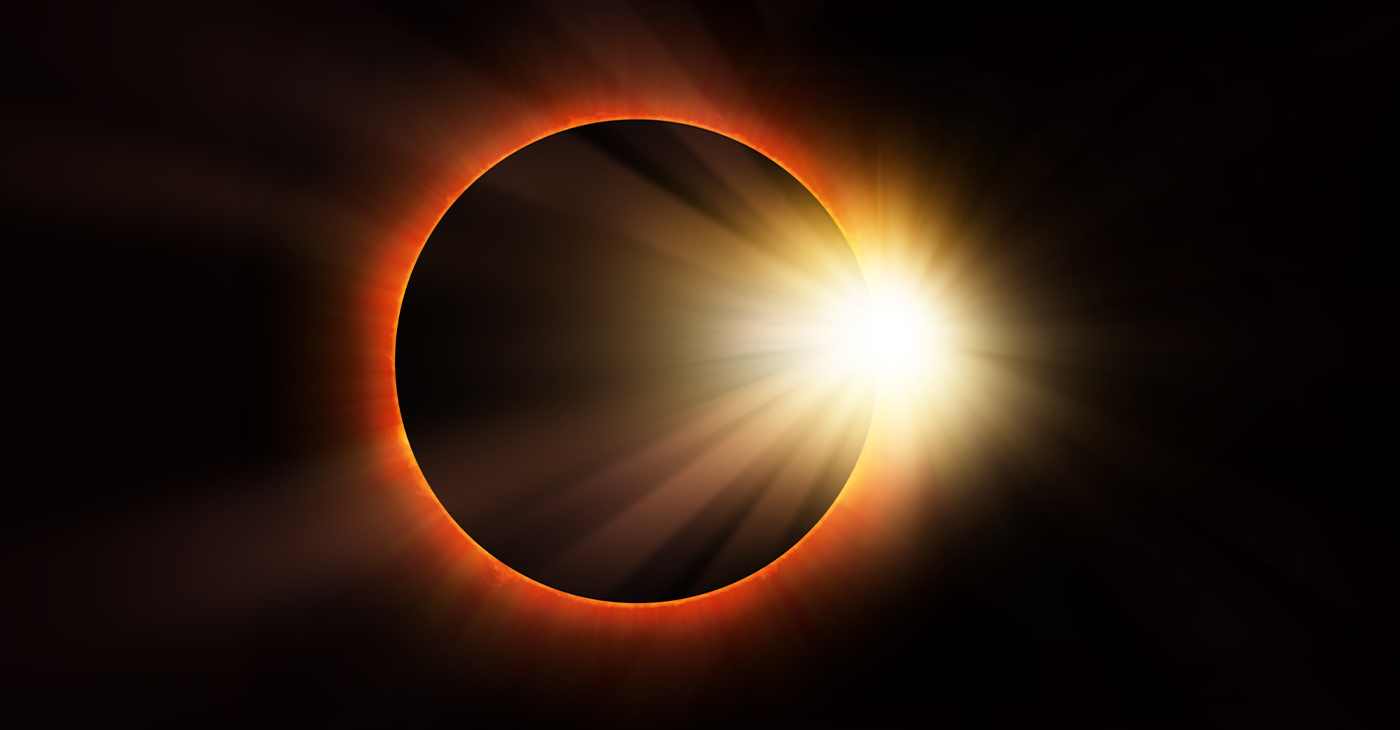
By Emil Guillermo
I’m a Northern Californian in New York City for the next few weeks, doing my one-man show, “Emil Amok, Lost NPR Host, Wiley Filipino, Vegan Transdad.”
I must like performing in the wake of Mother Nature.
Last Friday, a 4.8 magnitude earthquake shook New York City, reported as the “biggest earthquake with an epicenter in the NYC area since 1884” when a 5.2 quake hit. A bit bigger. The last quake similar to Friday’s was a 4.9 in 1783.
Alexander Hamilton felt it — 241 years ago.
That’s why New Yorkers were freaking out on Friday. They were in the room where it happens.
And it just doesn’t happen that often.
Beyonce singing country music happens more frequently.
When I felt New York shake last week, it reminded me of a time in a San Francisco TV newsroom when editors fretted about a lack of news an hour before showtime.
Then the office carpeting moved for a good ten seconds, and the news gods gave us our lead story.
On Friday when it happened in NYC, I noticed the lines in the carpeting in my room wiggling. But I thought it was from a raucous hotel worker vacuuming nearby.
I didn’t even think earthquake. In New York?
I just went about my business as if nothing had happened. After living near fault lines all my life, I was taking things for granted.
Considering the age of structures in New York, I should have been even more concerned about falling objects inside (shelves, stuff on walls) and outside buildings (signs, scaffolding), fire hazards from possible gas leaks, and then I should have looked for others on my floor and in the hotel lobby to confirm or aid or tell stories.
Of course, as a Californian who has lived through and covered quakes in the 4 to 6 magnitude range, I tried to calm down any traumatized New Yorker I encountered by taking full responsibility for bringing in the quake from the Bay Area.
I reassured them things would be all right, and then let them know that 4.8s are nothing.
And then I invited them to my consoling post-Earthquake performance of “Emil Amok, Lost NPR Host…”
It was the night of the eclipse.
ECLIPSING THE ECLIPSE
In New York City, the eclipse was about 90 percent visible. Good enough for me. Though a full solar eclipse is a celestial rarity, blockages of any sort aren’t generally celebrated. My one-man play is about growing up with the eclipsed history of American Filipinos and how I struggle to unblock all that.
For example, did you know the first Filipinos actually arrived to what is now California in 1587? That’s 33 years before the Pilgrims arrived in America on the other coast, but few know the Filipino history which has been totally eclipsed.
I was in Battery Park sitting on a bench and there was a sense of community as people all came to look up. A young woman sitting next to me had a filter for a cell phone camera. We began talking and she let me use it. That filter enabled me to take a picture of the main event with my iPhone.
For helping me see, I invited her and her boyfriend to come see my show.
Coincidentally, she was from Plymouth, Massachusetts, near the rock that says the year the Pilgrims landed in 1620.
In my show she learned the truth. The Pilgrims were second.
History unblocked. But it took a solar eclipse.
Next one in 2044? We have a lot more unblocking to do.
If you’re in New York come see my show, Sat. April 13th, 5:20 pm Eastern; Fri. April 19, 8:10 pm Eastern; and Sun. April 21st 5:20 pm Eastern.
You can also livestream the show. Get tickets at www.amok.com/tickets
About the Author
Emil Guillermo is a journalist and commentator. He does a mini-talk show on YouTube.com/@emilamok1. He wishes all his readers a Happy Easter!
-

 Community2 weeks ago
Community2 weeks agoFinancial Assistance Bill for Descendants of Enslaved Persons to Help Them Purchase, Own, or Maintain a Home
-

 Activism3 weeks ago
Activism3 weeks agoOakland Post: Week of April 3 – 6, 2024
-

 Business2 weeks ago
Business2 weeks agoV.P. Kamala Harris: Americans With Criminal Records Will Soon Be Eligible for SBA Loans
-

 Activism2 weeks ago
Activism2 weeks agoOakland Post: Week of April 10 – 16, 2024
-

 Community2 weeks ago
Community2 weeks agoAG Bonta Says Oakland School Leaders Should Comply with State Laws to Avoid ‘Disparate Harm’ When Closing or Merging Schools
-

 Community1 week ago
Community1 week agoOakland WNBA Player to be Inducted Into Hall of Fame
-
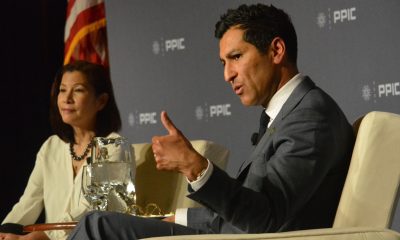
 Community2 weeks ago
Community2 weeks agoThe Year Ahead: Assembly Speaker Rivas Discusses Priorities, Problems
-

 Community1 week ago
Community1 week agoRichmond Nonprofit Helps Ex-Felons Get Back on Their Feet


